When you need a glass of water, need to brush your teeth or wash your dishes, where do you get your water? Do you turn on the tap in the kitchen? Or get water out of the fridge?
In 2019, access to clean water might not seem like an issue that we should still be talking about—and there’s good news! Access to improved water sources has made a lot of progress in recent decades.
According to UNWater, 71 per cent of people use a safely managed drinking water service. But there’s still a ways to go: 1.8 billion people are still using water contaminated with feces, which puts them at risk of diseases like cholera, dysentery, typhoid and polio.
Here are 8 pictures of the diverse ways children in poverty get their water.
1. Muddy patches of water in Uganda
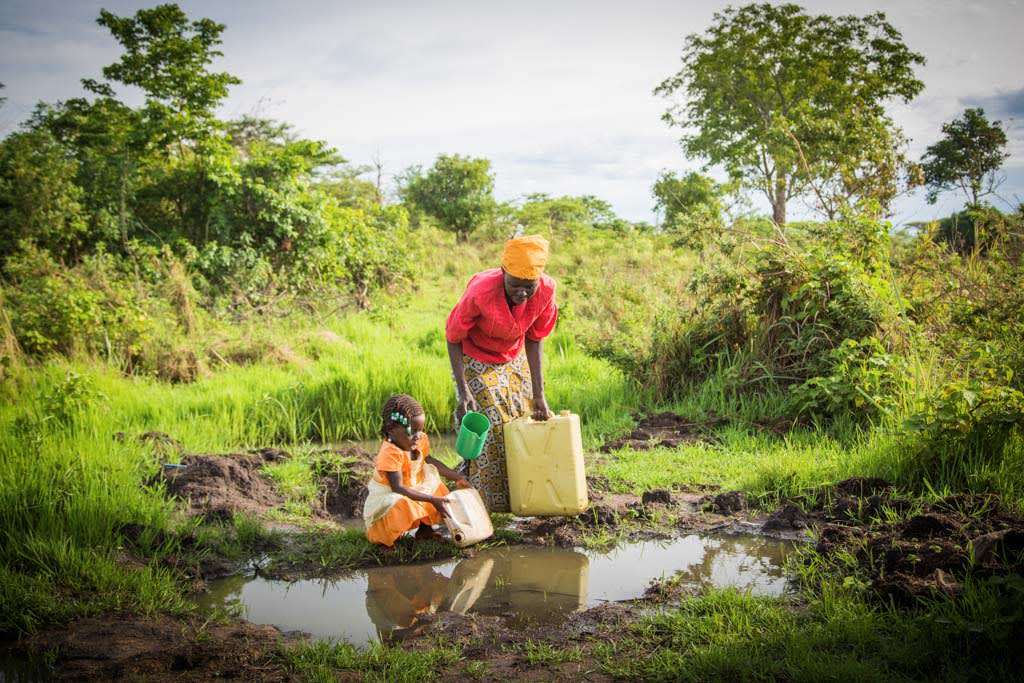
Betty from northern Uganda walks with her mom daily to find water in streams near her village. In the drier times of the year, only muddy patches of water are available, which often have parasitic worms in them.
2. A community well in Thailand
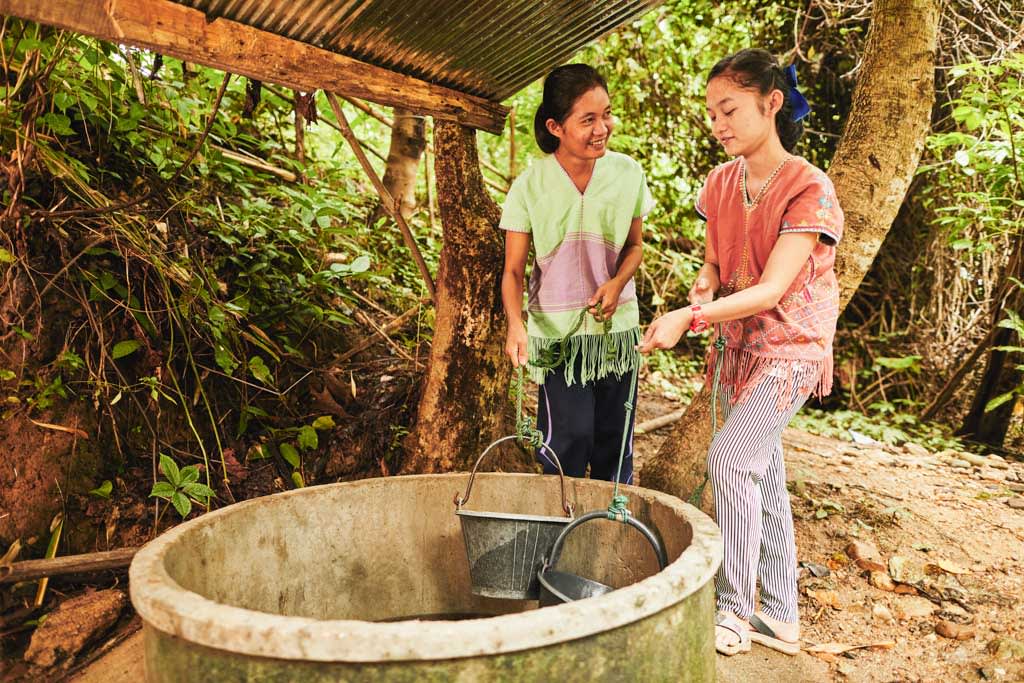
These girls, who live in northwestern Thailand on the border of Myanmar, come to this community well each day to get water for washing, cooking and drinking. An improved water source like a well can drastically reduce water-borne diseases compared to gathering water from a river or stream that animals frequent.
3. A local public river in Brazil
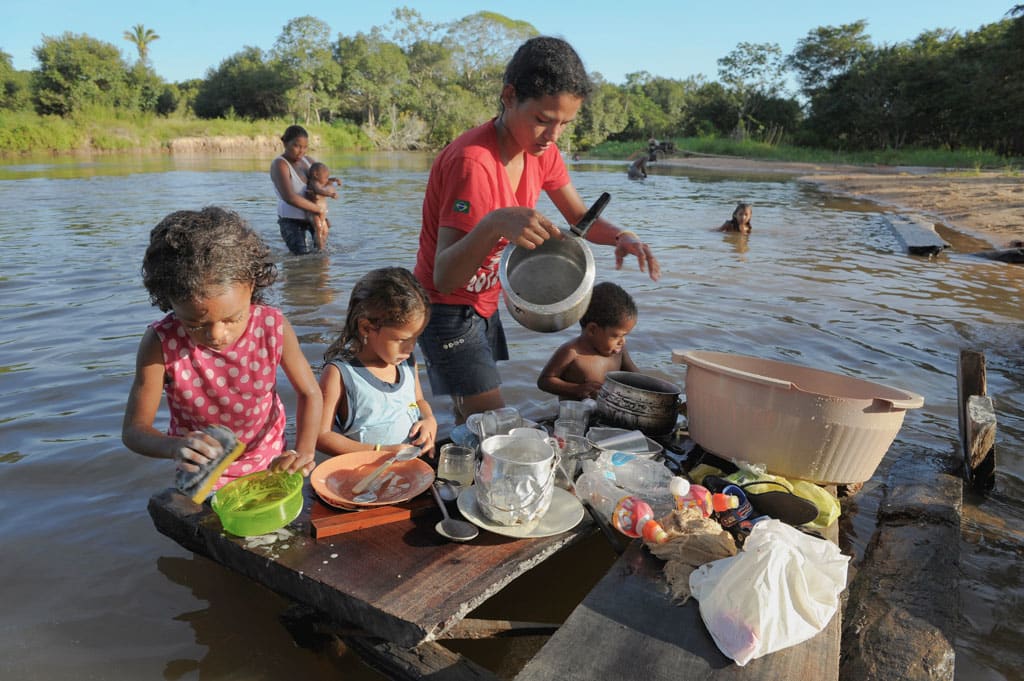
Ana, left, lives in rural northern Brazil, and she and her family come to the river near their home to wash their dishes and bathe. Although much of Brazil is highly developed, there are still pockets of deep poverty in this massive country.
4. A rainwater storage tank in Kenya
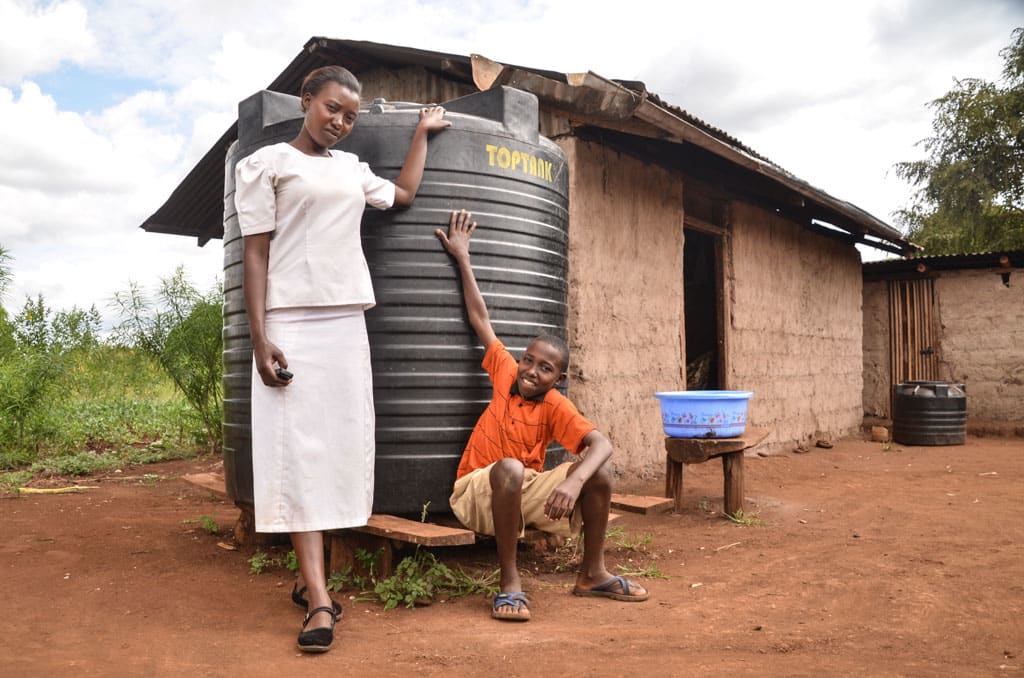
Eric has a rainwater storage tank at his home in rural Kenya. It collects water that runs off the roof and ensures the family has water even in dry seasons. He used to get his water from the river near the edge of his village. He would take three trips every day to retrieve enough water for his family’s daily needs. Sadly, the water gave him typhoid and other water-borne diseases that kept him out of school.
5. A hand pump well in Nicaragua

Maria in Nicaragua gathers water with her sister daily from this hand-pump well. Before the well was installed, there was an outbreak of Hepatitis that got many in her town very ill.
6. A river in Thailand
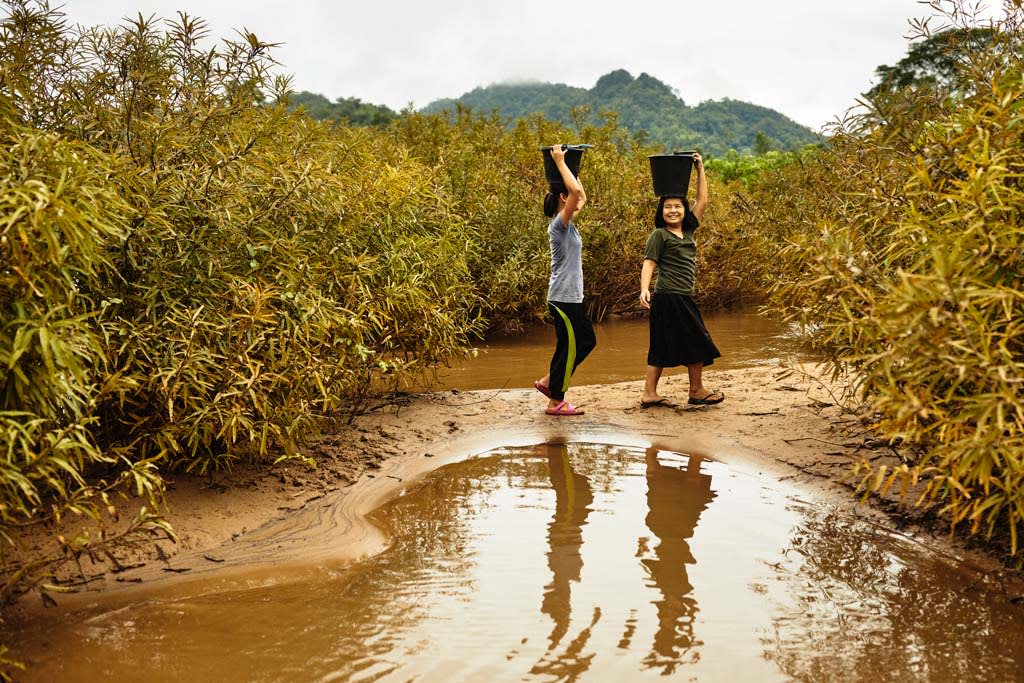
Ae-plaetoo and Mue-ngaetoo gather water from this river each morning and each night near their home in northern Thailand. “The water here, it’s not clean and there’s a lot of dirt. Because we get the water straight from the river, we need a filter.”
7. A home-based water filter in Rwanda
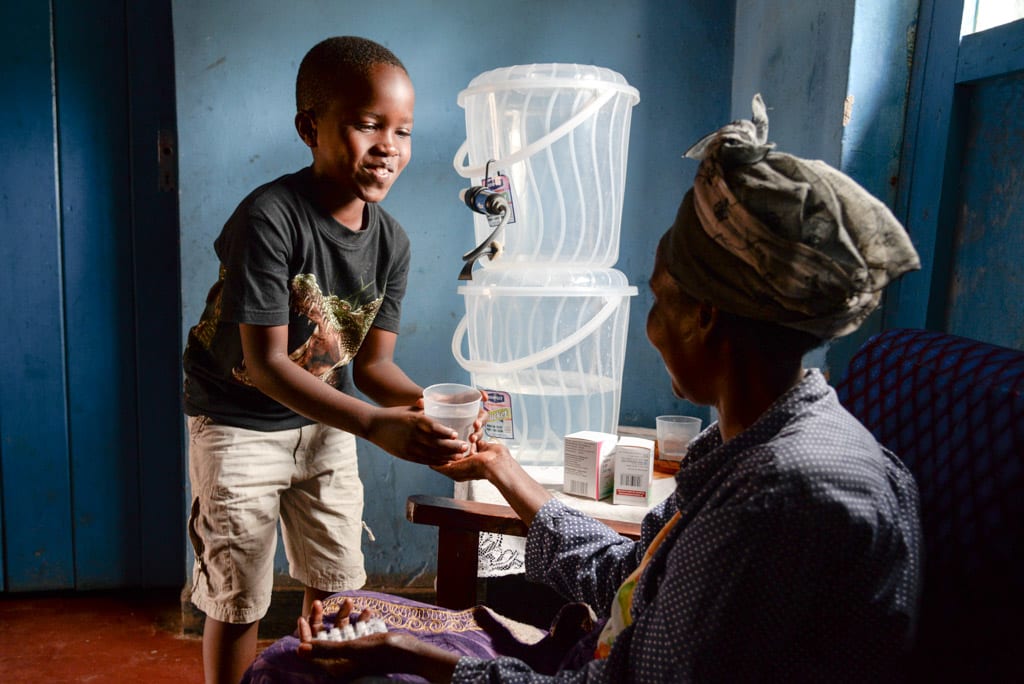
Kevin lives in a community in Rwanda where there are many widows from the Rwandan genocide in 1994. He has a water filter in his home that the family runs all of their water through to clean it. His mom is HIV-positive, so it’s especially important that she not become ill with any water-borne diseases.
8. A community tap in Uganda

These children from northern Uganda have a community tap where they can come to get a drink when they are thirsty and where their moms line up to gather water in the morning and evening, rather than walking through the bush to a contaminated stream. It’s a source of amazement and joy for these children who, not so long ago, had to drink dirty water.
Contaminated water is a serious problem—more than 340,000 children under the age of five die every year from diarrheal diseases caused by unsafe water, poor sanitation and poor hygiene (UNWater).
But it’s a problem with a solution—improved water sources.
Through our amazing supporters, children around the world are getting access to wells, water filters, rainwater harvesting tanks, sanitary latrines and handwashing stations. All this is implemented by the local church, as they display the love of Jesus to their communities.





